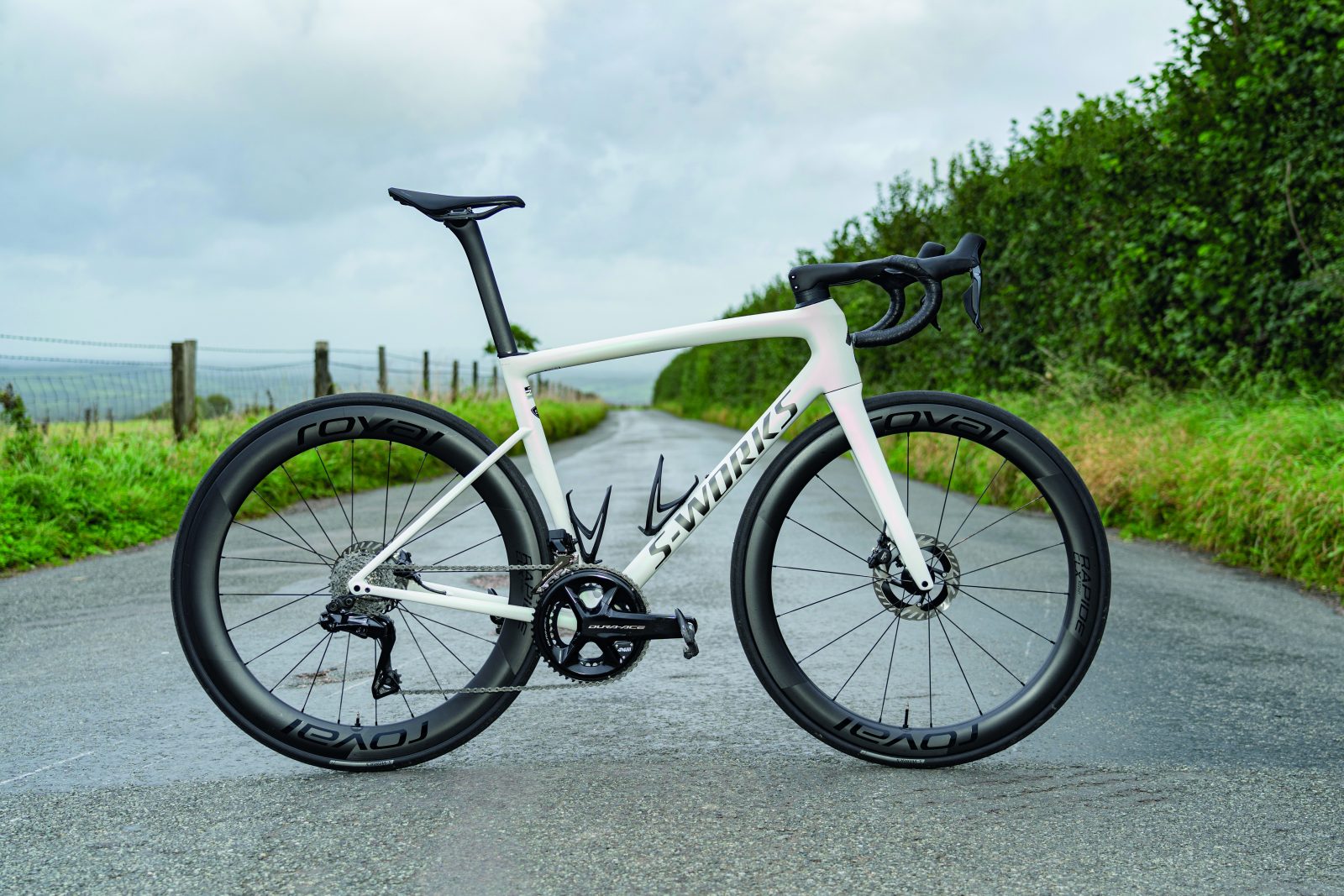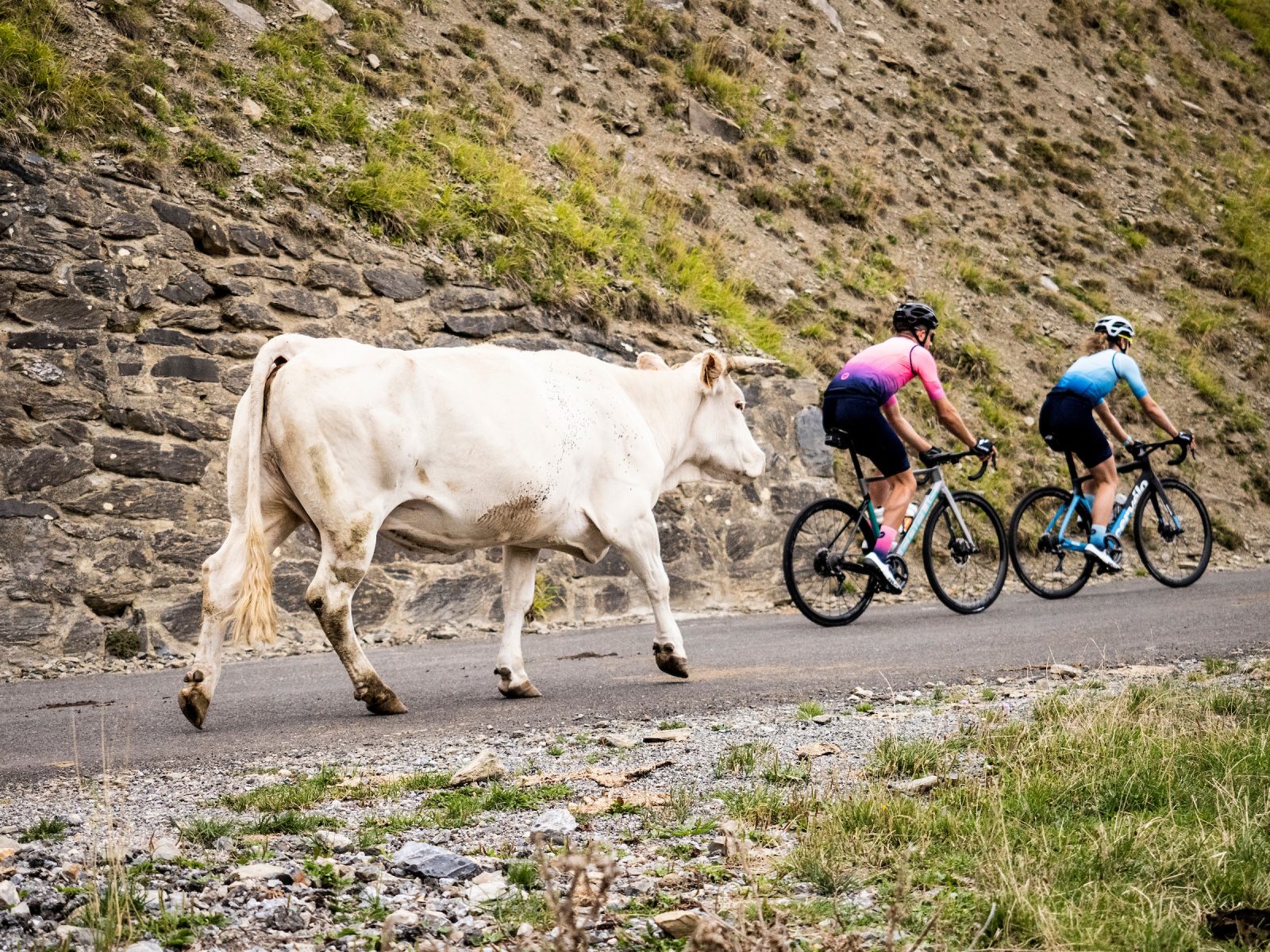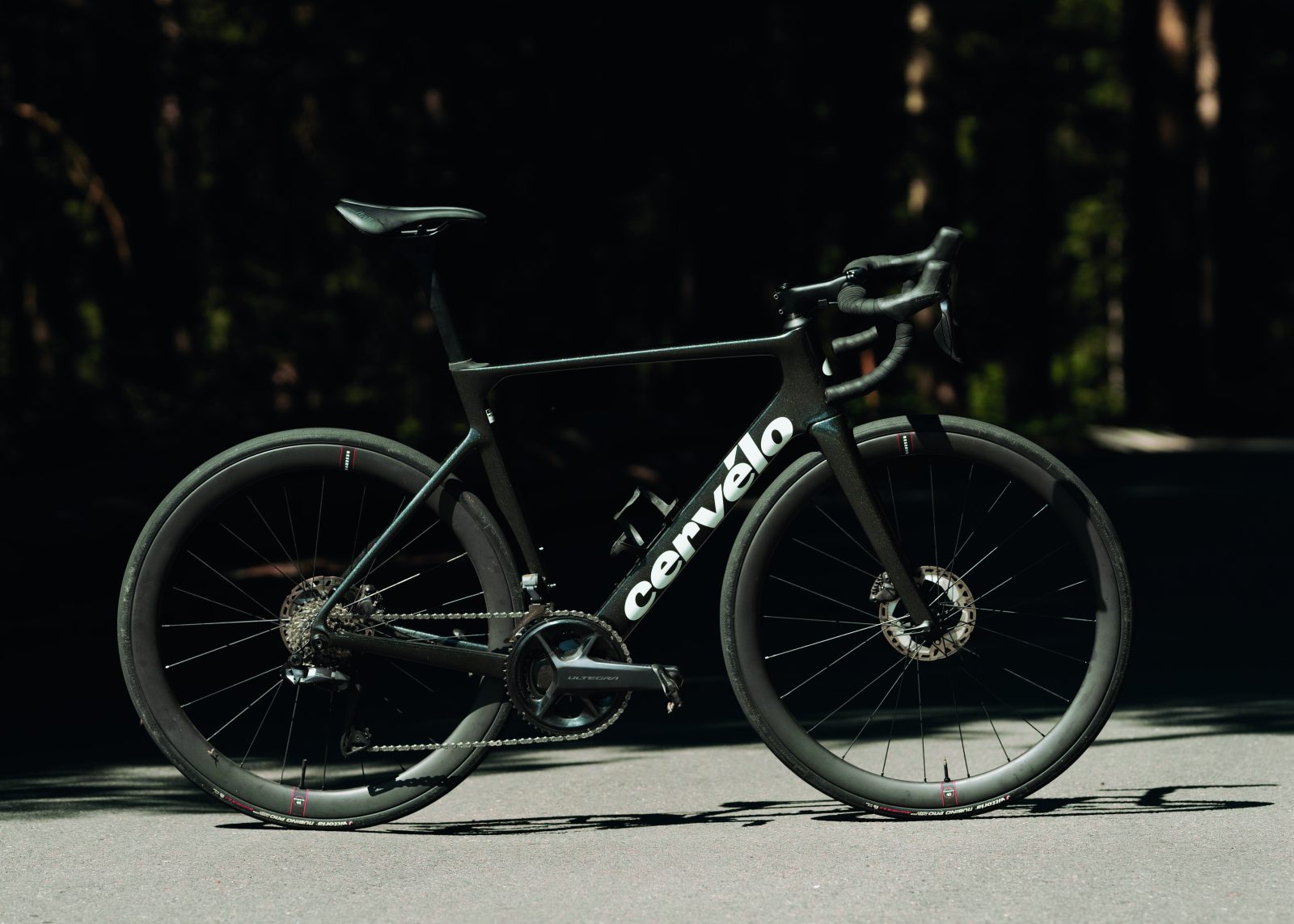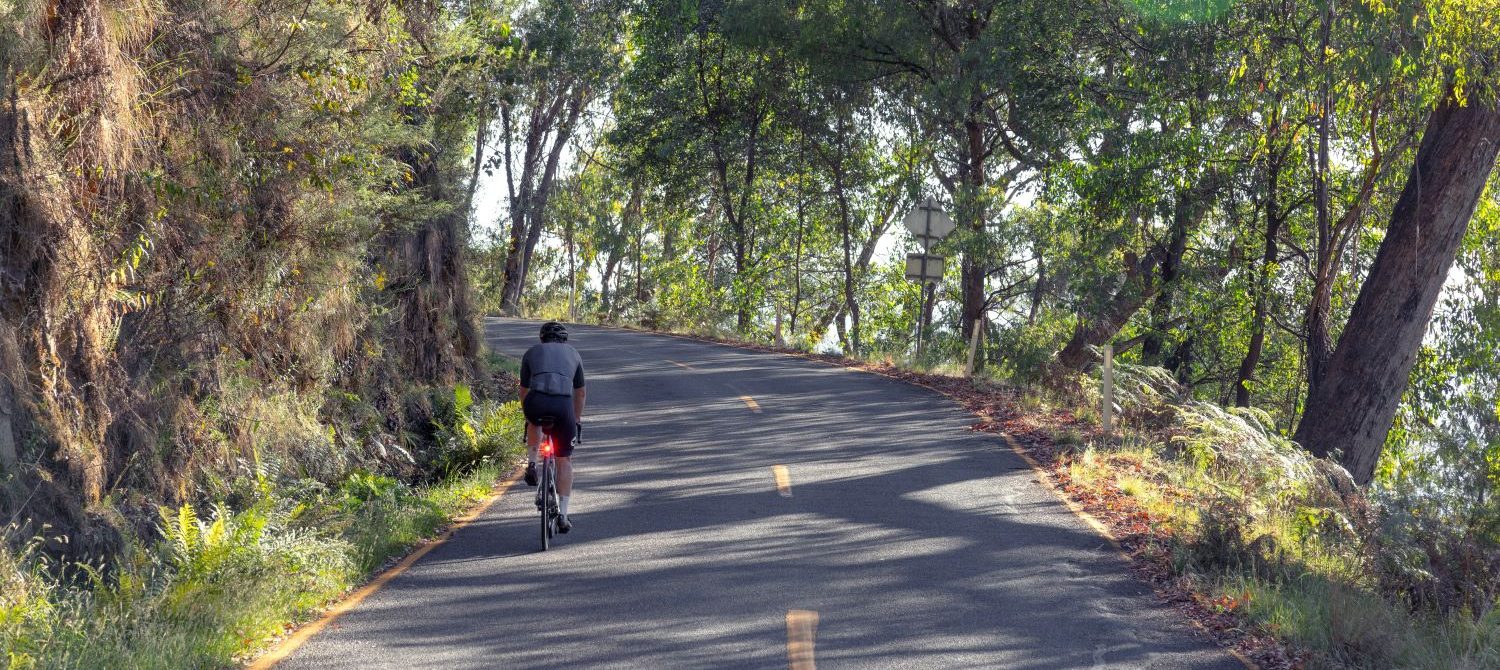Still one of the best in class, but there are some caveats…
Words SAM CHALLIS
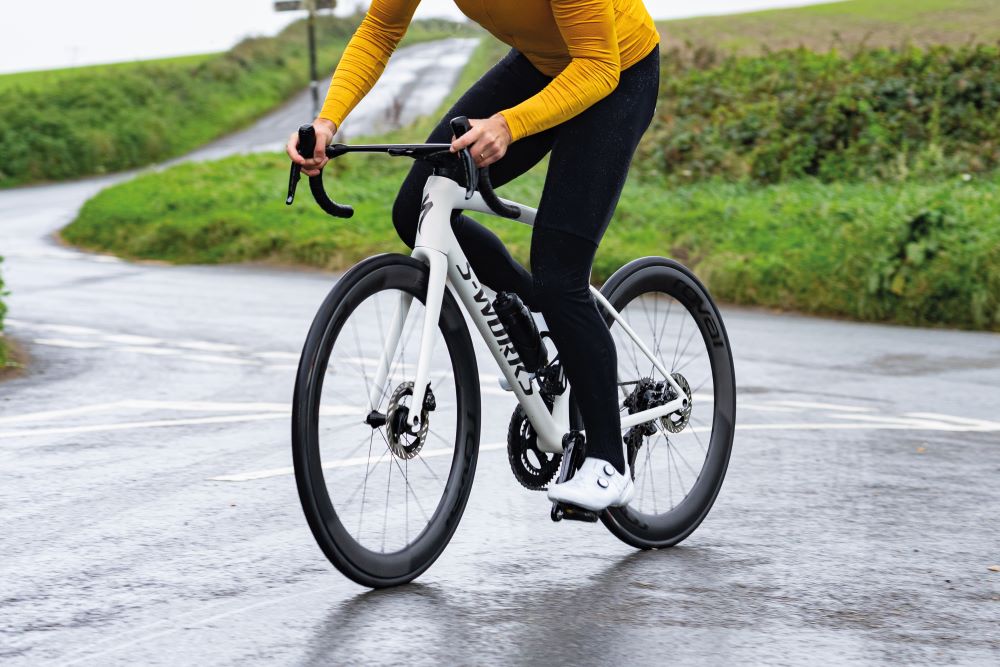
The Specialized Tarmac SL8 launched at the 2023 World Championships, bagging a gold in the women’s road race under Belgium’s Lotte Kopecky, and accompanied by a raft of claimed performance advantages over the popular SL7.
Among these claims is a reduction in weight, with the SL8 frameset coming in around 120g less than an equivalent SL7, plus it is said to be comfier and stiffer too.
The biggest claim, however, is that the Tarmac SL8 is finally more aero than the Venge the last Tarmac supplanted, with the new bike being 16.6 seconds faster over 40km at 45kmh than the old version.
On the face of it, this appears to be big news, and it was rather exuberantly reported on by various media outlets (Cyclist included; revisit the first-look feature I wrote on the new Tarmac last issue for evidence).
Having now had the opportunity to ride and assess the bike properly, my enthusiasm for the SL8 update has become a little more circumspect.
The platform has definitely taken a step forward, and so remains a superb all-round race bike in a more modern guise, but the new design does introduce some discussion points that temper my ‘have cake and eat it’ first impressions.
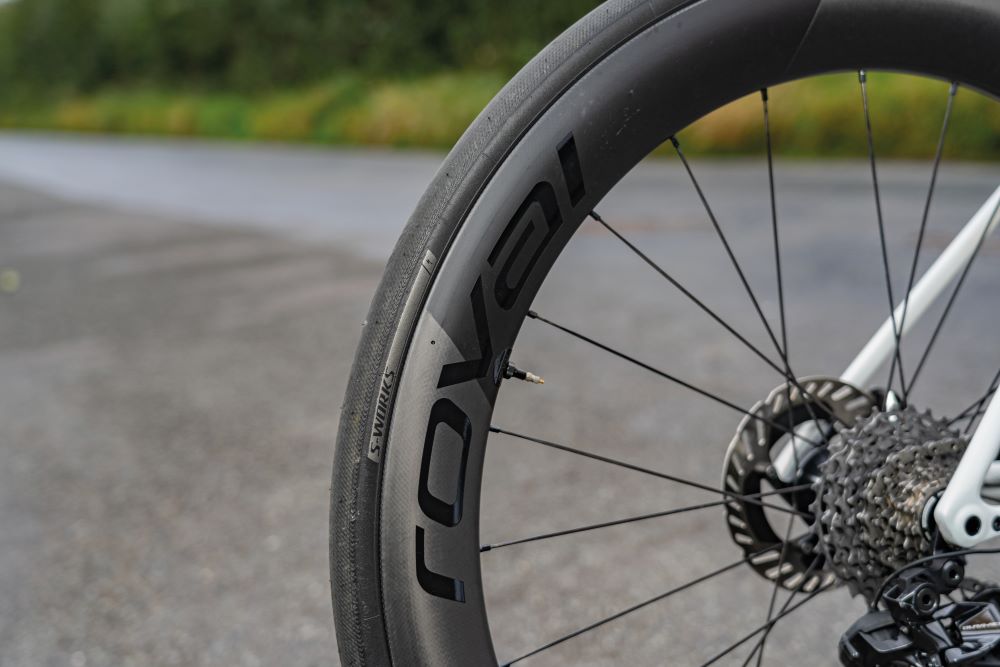
Slippery customer
Let’s start with the new bike’s aerodynamic efficiency.
In order to get that 16.6-second advantage, the Tarmac SL8 needed to be around five watts more aerodynamically efficient than the SL7.
Specialized states the Roval Rapide cockpit is responsible for around 80% of those aero gains, which means that the SL8 frameset itself may only be around one watt better off than the SL7 frameset it replaces, despite noticeable tube alterations such as the Speed Sniffer nose cone on the head tube and slimmer back end.
While the bike does still feel like it holds high speed with less effort than I’d generally expect – an attribute no doubt helped by the deep-but light Roval Rapide CLX II wheels – potential customers looking to upgrade from an SL7 may be better off simply swapping the Roval Rapide cockpit onto their existing bike.
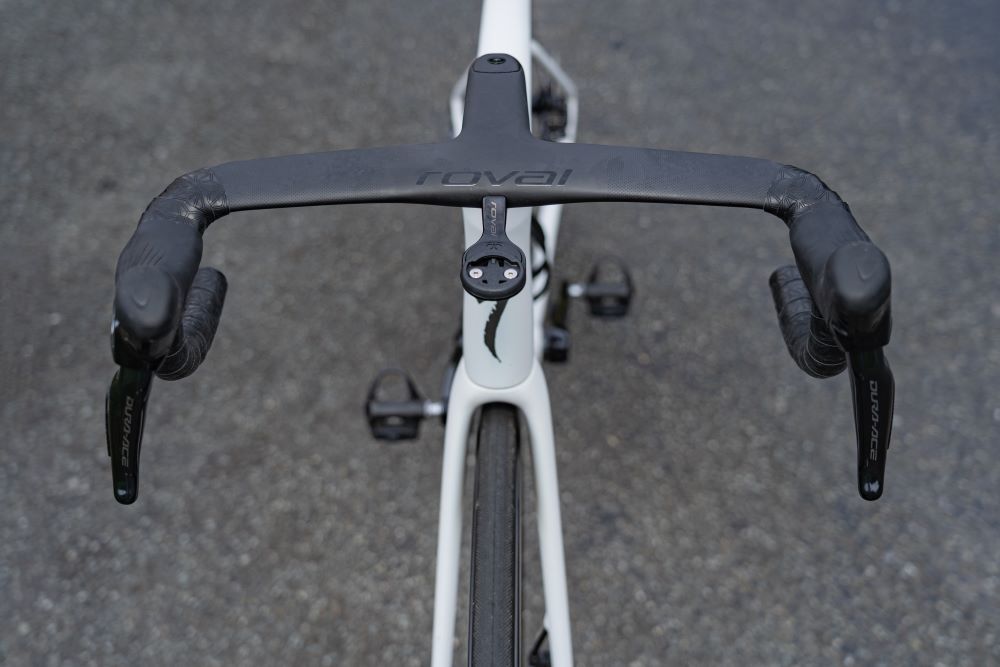
That way they’d even have the advantage of choosing the dimensions of the bar/stem, which isn’t a luxury afforded to those buying the new bike complete because unfortunately there is no option to customise spec on Specialized’s website.
Having said that, it should also be noted that competent Specialized dealers should be able to make the required changes ahead of purchase if the bike is bought through a more traditional retail channel.
Sticking with the front-end design, it could be viewed as an opportunity missed not to route the cables through the cavity the nose cone creates in front of the top headset bearing.
The cables remain routed through the bearing, enlarging the head tube’s frontal area and complicating bearing service.
‘There are weight penalties and manufacturing complications associated with an extra cable port in the head tube area,’ says Miles Hubbard, Specialized’s road product manager.
The manufacturer has at least moved to injection-moulded plastic for the compression ring that organises the cables and fork steerer through the bearing.
This should prove gentler on the carbon steerer and reduce the risk of the alloy compression ring cutting into it, although Hubbard says this change was made because the one-piece plastic compression ring is simpler to install than the two-piece alloy one.
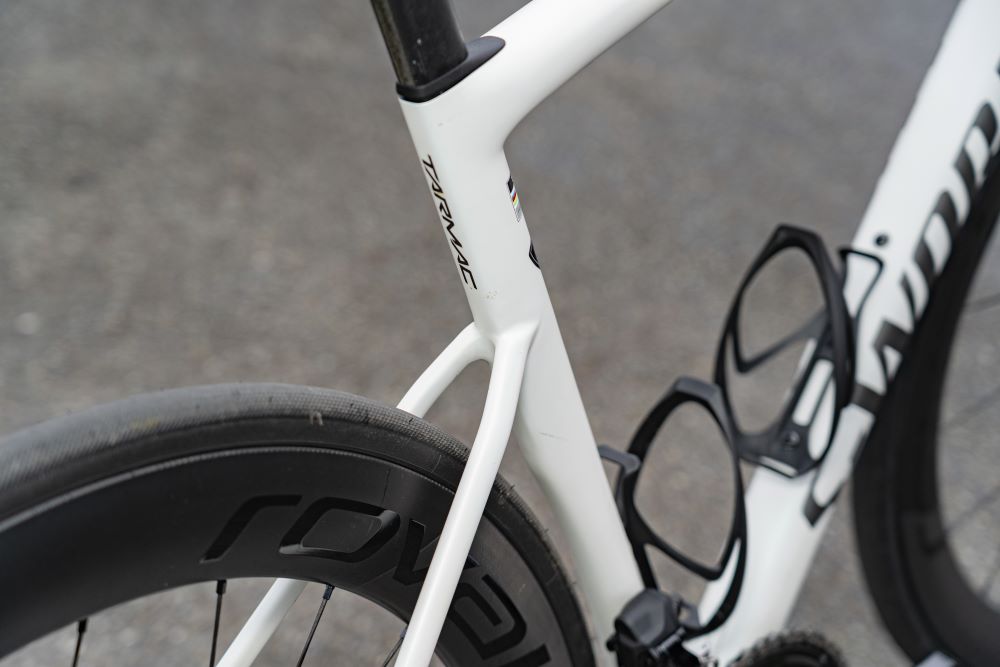
It’s a weighting game
The more time I spent with the bike, the more I came to appreciate the magnitude of the weight reduction Specialized has been able to achieve.
Admittedly it does use the fanciest componentry to finish it off, but the bike’s 6.5kg weight is class-leading and creates a bike that is as quick to accelerate as it feels easy to hold at high speed.
When combined with the bike’s unchanged geometry (which is so well-refined I tend to view it as a benchmark for race bikes) the Tarmac SL8 is an excellent example of many of the things bikes in its category should be.
I do have concerns about fragility though, on the basis that the materials Specialized must have used to create such a light bike are inherently brittle.
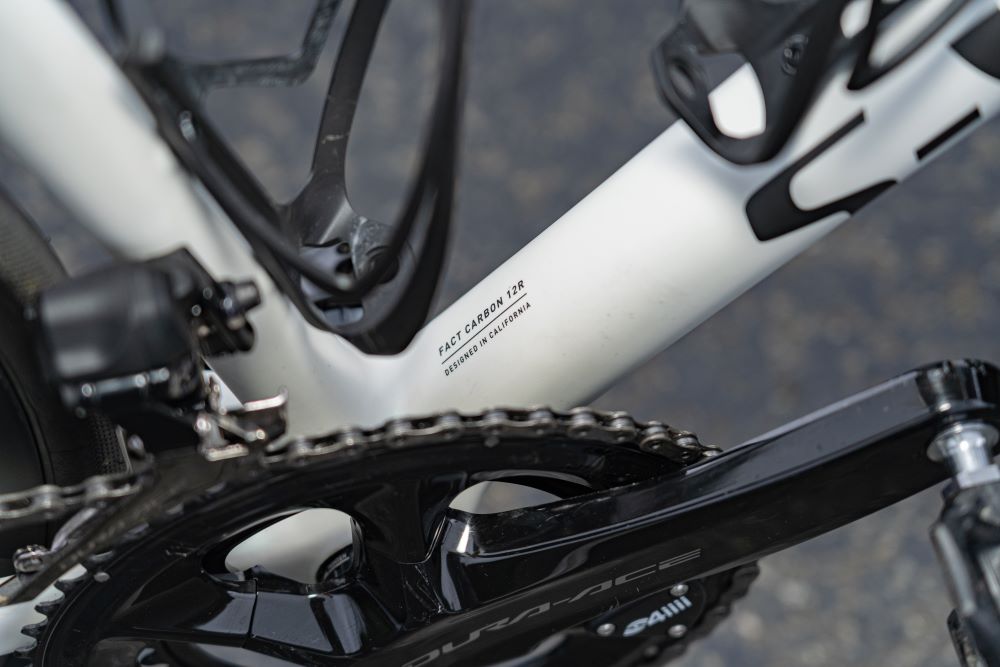
However, Hubbard assures me those fears are unfounded. ‘We know Tarmac riders travel with their bikes, and racing at the highest level requires a durable frame.
The Tarmac exceeds our durability standards, even with substantial weight savings,’ he says.
However, if extreme light weight isn’t top priority, prospective buyers may be advised to look at the Pro and Expert tiers of the new bike.
They use a 100g heavier – but otherwise identical – frameset that may be naturally sturdier, and are a huge deal more affordable (Pro $11,900, Expert $9,400).
That said, a look at the brand’s featherweight Aethos lends credence to Hubbard’s words.
There has been no issue that I’m aware of with that bike’s robustness, and the Tarmac’s frame is heavily influenced by that design.
This is both a good thing and a bad thing, as far as I’m concerned. Good because the similarly small diameter tubes help to keep the weight down; bad because the point at which these svelte tubes meet at the bottom bracket junction doesn’t provide as stiff a pedalling platform as some of the Tarmac’s rivals.
Admittedly, that’s just my feeling, not a lab-tested fact. Equally subjective is my opinion of the bike’s comfort.
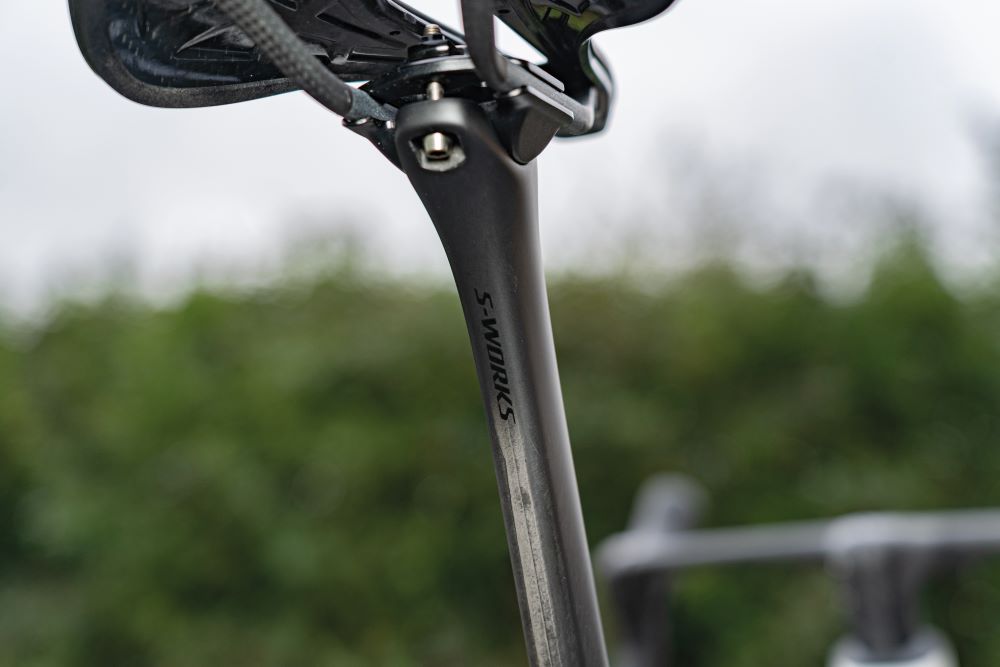
The SL8’s seatpost may be slimmer than before, but its aerofoil profile still doesn’t offer much in the way of fore-aft flex.
While the bike isn’t exactly harsh, it has a directness that any rider with ambitions of using the bike outside of a race setting might want to think about mitigating with a switch to tyres that are wider than the ones supplied.
The S-Works Turbo 26mm tyres are supple and are said to work best with the specced wheels for optimal aerodynamics, but many riders will prefer the added comfort that a few extra millimetres of width would provide (the SL8 has clearance for up to 32mm tyres).
Again, because there are no spec alternatives at purchase, wider tyres would need to be bought as extras, but the excellent Roval wheels, with their modern wide rim dimensions, will at least pair neatly with bigger tyres.
While I’ve spent the last several hundred words picking the new design’s nits, broadly the update to Specialized’s race bike feels like a meaningful and successful one.
In several areas the frameset changes move the platform forward in performance terms without introducing too many compromises in the more mundane aspects of the design, suggesting the SL8 will maintain the Tarmac’s reputation as one of the best and most popular race bikes on the market.
The spec
Model Specialized Tarmac SL8 S-Works Di2
Price $19,900
Weight 6.5kg
Groupset Shimano Dura-Ace Di2 with 4iiii Precision Pro dual-sided power meter
Wheels Roval Rapide CLX II
Finishing kit Roval Rapide bar/stem, Specialized Tarmac SL8 FACT Carbon seatpost, S-Works Power saddle, S-Works Turbo Rapidair 2BR 26mm tyres
Contact specialized.com/au
Highlights

- Roval’s Rapide CLX II wheels use differing rim shapes front and rear to balance light weight and aero efficiency
- The SL8’s seat tube is as narrow as its predecessor’s seatpost for aero gains
- The Roval Rapide cockpit contributes 80% of the new bike’s aero advantage
